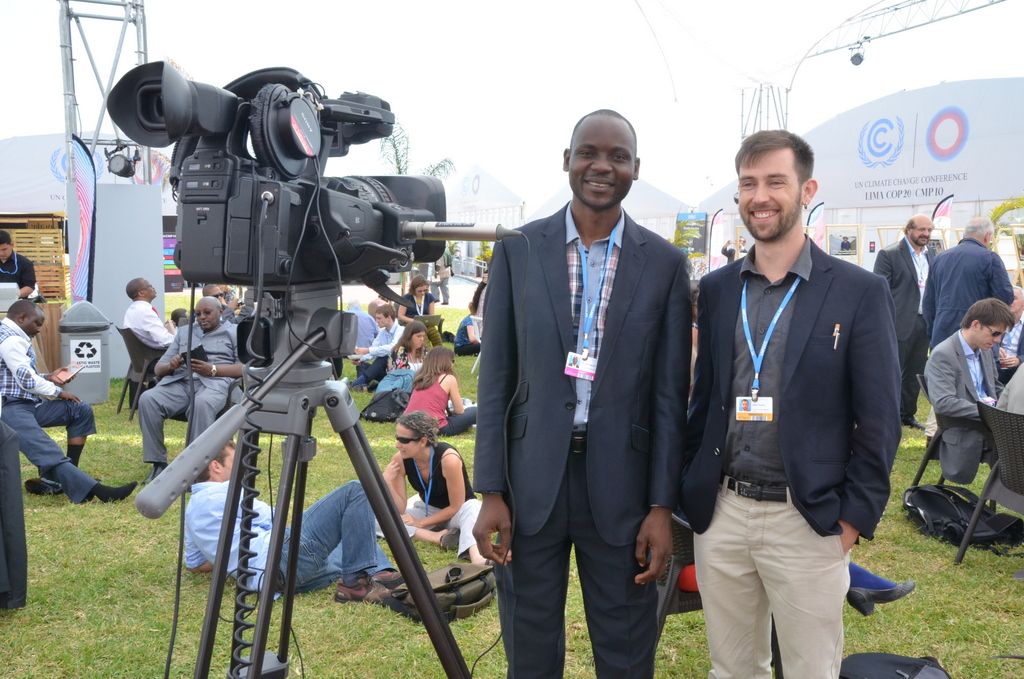LIMA, Peru—Fighting global warming is such an enormous challenge that it often seems that individual efforts are incapable of making any dent in the problem. The coordinated efforts of all the nations on earth are seen as necessary in reducing carbon emissions and thereby slowing the rate of rising temperatures.
At the 20th UN climate summit in Lima, Peru, in December 2014, I found this to be largely true, but not entirely. Yes, representatives from 190 countries pledged to set individual targets for CO2 emissions reductions to keep the globe from warming more than 2 degrees C by the end of the century. This draft agreement is to be signed at the 21st UN climate summit in Paris at the end of 2015.
But I also met individuals who are making significant contributions. Melaine Kermarc, a scientist from the Woods Hole Research Center, has a powerful story to tell about the work he is doing in the Democratic Republic of the Congo, which is not only one of the poorest countries on earth, but also has one of the world’s largest stores of tropical forests. These forests, which absorb greenhouse gases and thus slow the rate of global warming, are crucial in the fight against climate change. But in Congo, where there is little power source other than fuel wood for heating and cooking, its forests are endangered.
Kermarc has lived in the poorest region of the poorest country in Africa and worked with residents on how to reduce the rate of deforestation while giving them sustainable options for heating and cooking. This four-minute video, produced by videographer Michael Frierson of Greensboro, NC, offers a compelling story of how one person can make a difference in the fight against climate change.
